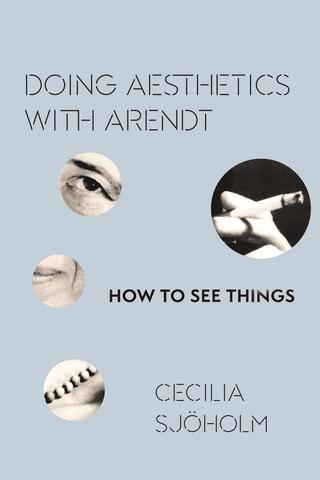Cecilia Sjöholm reads Hannah Arendt as a philosopher of the senses, grappling with questions of vision, hearing, and touch even in her political work. Constructing an Arendtian theory of aesthetics from the philosopher's fragmentary writings on art and perception, Sjöholm begins a vibrant new chapter in Arendt scholarship that expands her relevance for contemporary philosophers.
Arendt wrote thoughtfully about the role of sensibility and aesthetic judgment in political life and on the power of art to enrich human experience. Sjöholm draws a clear line from Arendt's consideration of these subjects to her reflections on aesthetic encounters and works of art mentioned in her published writings and stored among her memorabilia. This delicate effort allows Sjöholm to revisit Arendt's political concepts of freedom, plurality, and judgment from an aesthetic point of view and incorporate Arendt's insight into current discussions of literature, music, theater, and visual art. Though Arendt did not explicitly outline an aesthetics, Sjöholm's work substantively incorporates her perspective into contemporary reckonings with radical politics and their relationship to art.
- Table of Contents
- Introduction
- 1. Sensing Space: Art and the Public Sphere
- 2. The Work of Art
- 3. The Encroachment of Others
- 4. Tensions of Law: Tragedy and the Visibility of Lives
- 5. Comedy in the Dark: Arendt, Chaplin, and Anti-Semitism
- Notes
- Bibliography
- Index

